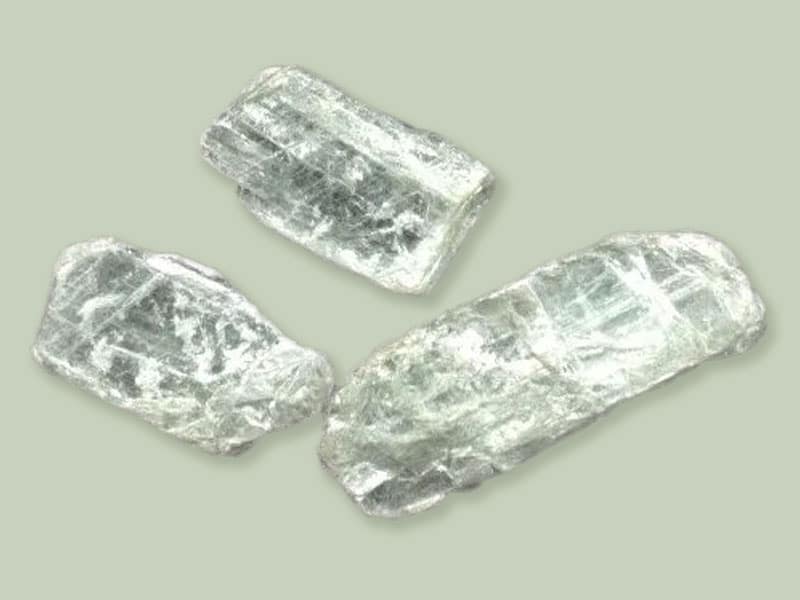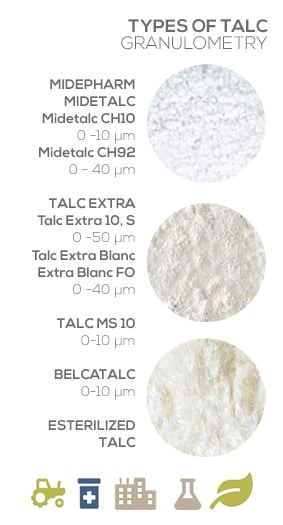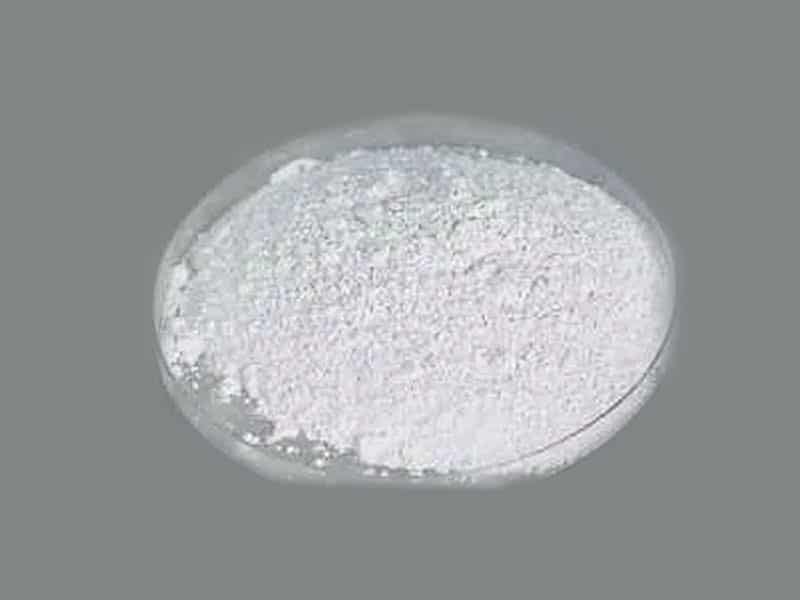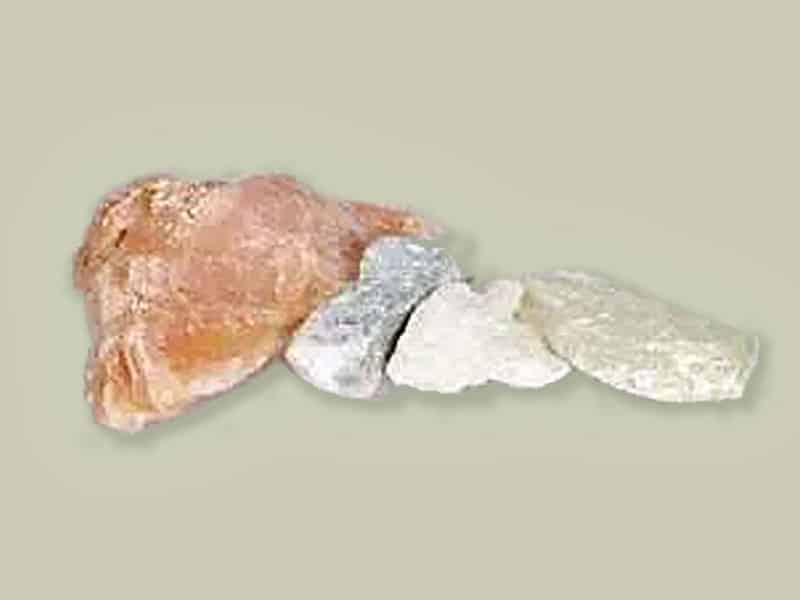Industrial, sterilized and pharmaceutical talc

What is Talc?
Talc is a hydrated magnesium silicate mineral, white with shades of gray or blue, with the chemical formula Mg3Si4O10(OH)2. It stands out for being the softest mineral according to the Mohs scale, in which it is taken as the standard of the lowest hardness, assigning it a minimum value of 1. Its cleavage is practically perfect and the laminar-shaped leaves obtained are not elastic but flexible. The talcs that we have available are materials that can be used in the food, pharmaceutical or cosmetic industry, due to their variety in the degree of whiteness and their granulometry.
It is a mineral that from 900 ºC loses its hydroxyl groups, from 1050 ºC it begins to recrystallize in the form of enstatite, and can withstand up to 1500 ºC, its melting point. It has a density between 2.58 and 2.83 g/cm³.

available variants
MIDETALC CH10, CH92, A and MIDEPHARM
Materials of different particle sizes and levels of whiteness. Midetalc CH10 is the smallest and whitest, measuring between 0 and 10 µm and having a whiteness of 94%. Midetalc CH92 has a granulometry between 0 and 40 µm and a whiteness of 92%. Midetalc A is a product suitable for food use and Midepharm is suitable for pharmaceutical use.
TALC EXTRA 10, S, WHITE and WHITE FO
Talc Extra 10 and S are materials with a granulometry between 0 and 15 µm. On the other hand, Talc Extra Blanc and Blanc FO measure between 0 and 40 µm. Talc Extra 10 is the material with the highest level of whiteness (96%) and Talc Extra Blanc FO the least (88%). The other two products have a whiteness greater than 90%.
TALC MS 10 and BELCATALC
They are the materials with the highest level of whiteness, more than 96%. Belcatalc (0-10 µm) has a smaller granulometry than Talc MS 10 (0-40 µm).
STERILIZED TALC
Material suitable for cosmetic use.
Supplied in different granulometries and degrees of whiteness, to satisfy the requirements and needs of the consumer.
What is talc used for?
The properties of flexibility, low hardness and thermal resistance of talc make it a mineral that perfectly adjusts to many of the needs of various industrial sectors. It is a mineral widely used in various fields such as the manufacture of lubricants, in the paper, rubber and textile industries, as well as for ceramics and cosmetics, among others. Most of the talc used (90%) is in powder form, while only 10% is used in the form of blocks.
Some of the most prominent applications of talc are detailed below.
Coatings and paints
Talc is a mineral used in various types of coatings and coatings, whether they are industrial protection, varnishes, ceramics or paints. In the case of ceramics or porcelain, thanks to its stability, refractivity and non-plasticity, it is able to prevent cracking and breakage in the materials in which it is integrated. Talc is also used in the manufacture of sealing and adhesive materials and products.
Plastic compounds
Talc is used as an additive and reinforcement in the manufacture of certain polymeric compounds such as rubber. The mineral is used in powder form as a lubricant to prevent ungalvanized rubber products from sticking together.
Adhesives, resins and sealants
Talc is used as an additive and reinforcement in the manufacture of certain polymeric compounds such as rubber. The mineral is used in powder form as a lubricant to prevent ungalvanized rubber products from sticking together.
Paper
Mineral talc is widely used in the paper industry due to its high level of whiteness. The mineral is mixed with the pulp before generating the paper. This is the application for which the greatest amount of talc is used.
Cosmetic and medical
For the cosmetics industry, talcum powder has been key in its development, being used as face and body powders and as a base for many other products such as creams and toothpastes. It is also a mineral widely used as a base in the manufacture of soaps and as an excipient in the generation of medicines.
Food
In the food industry, talc is used as a synthetic binder under the name of E553b. This additive, which is usually obtained directly from talc rocks (not synthetically), is used to polish rice and remove its husks and also as an additive to obtain olive oil and pomace.
Insecticides and pesticides
Talc powder can be used as a powder base for insecticides, pesticides and fertilizers, in cultivated fields and orchards. It is effective against insect pests such as ants and beetles, as well as preventing root rot.
Fertilizers
It is also used to facilitate the generation of compost.
Talc supplies
Whether industrial, sterilized or pharmaceutical, talc can be supplied in different particle sizes depending on the type of product desired: 0-10 µm, 0-15 µm and 0-40 µm. Products can also be supplied with different levels of whiteness depending on what you want to use them for: > 96%, > 94%, > 92%, > 90% and > 88%.
For different applications, one size or another is recommended.
It can be supplied in 25 kg bags (on 1,000 kg pallets) or 1,000 kg big bags.


To request a budget, please contact us.
OFFICE
08013 BARCELONA – Spain
